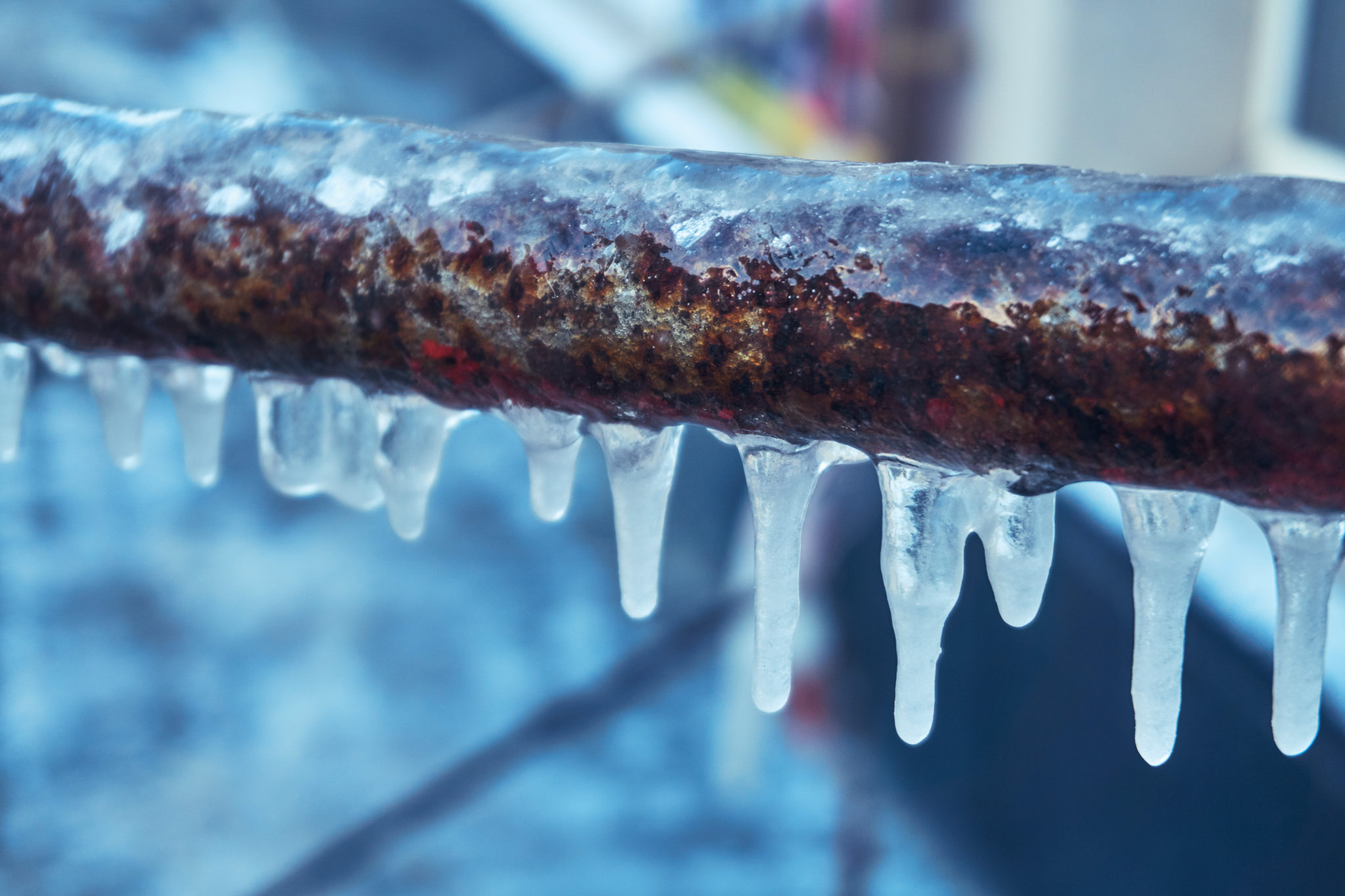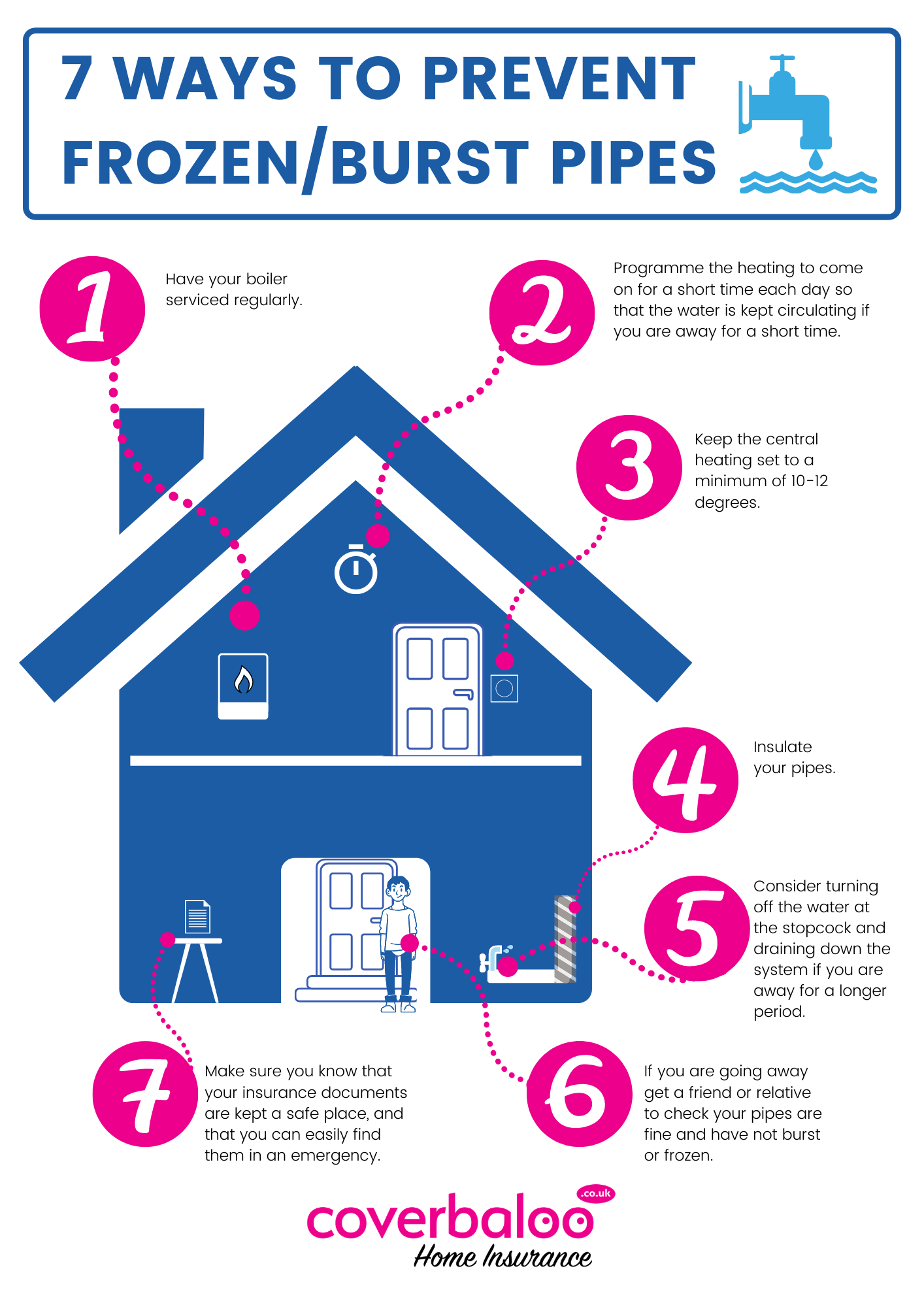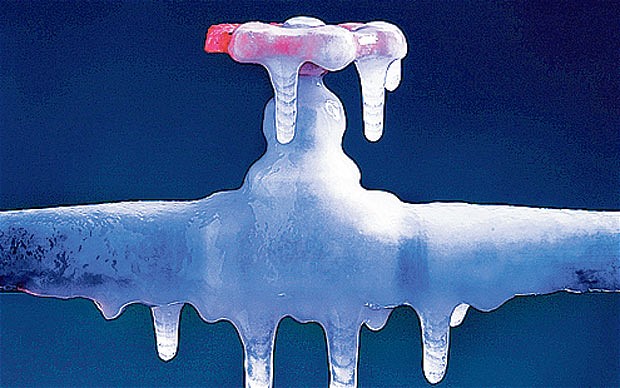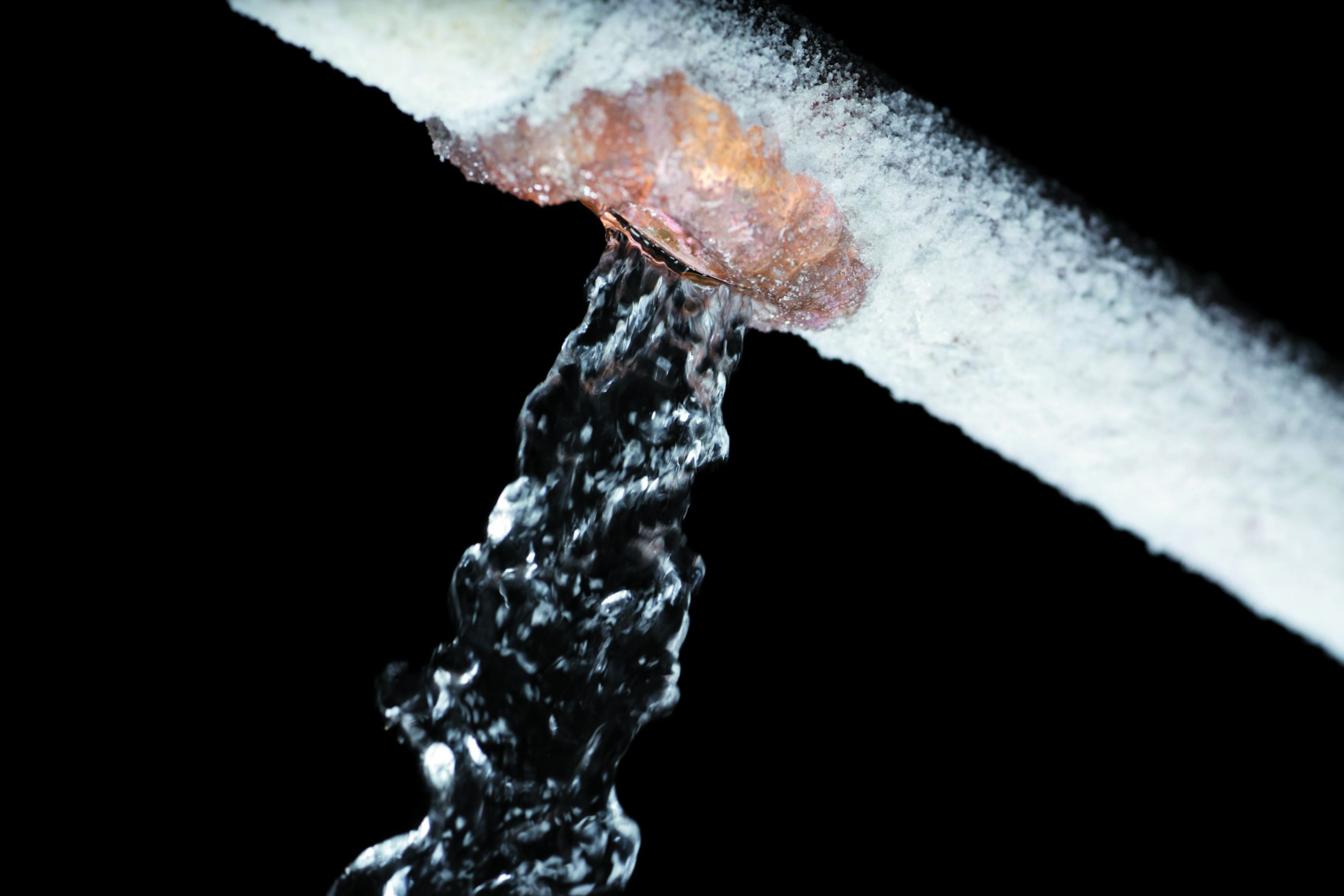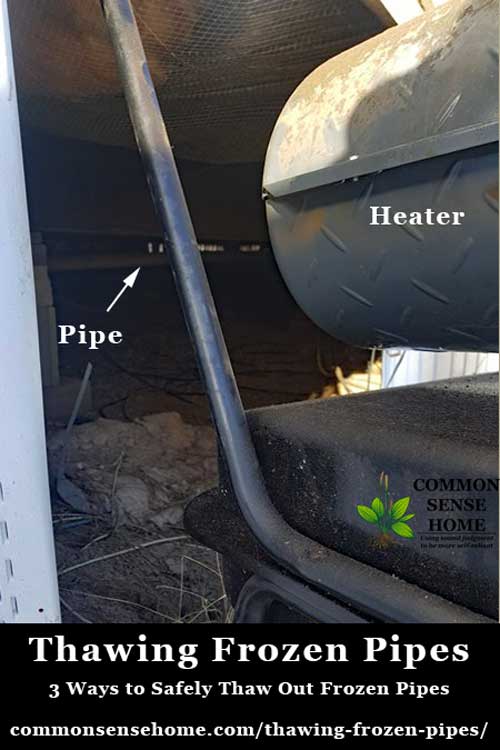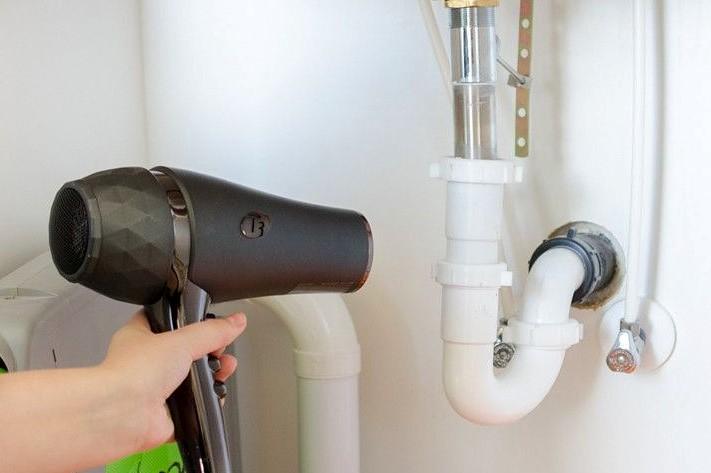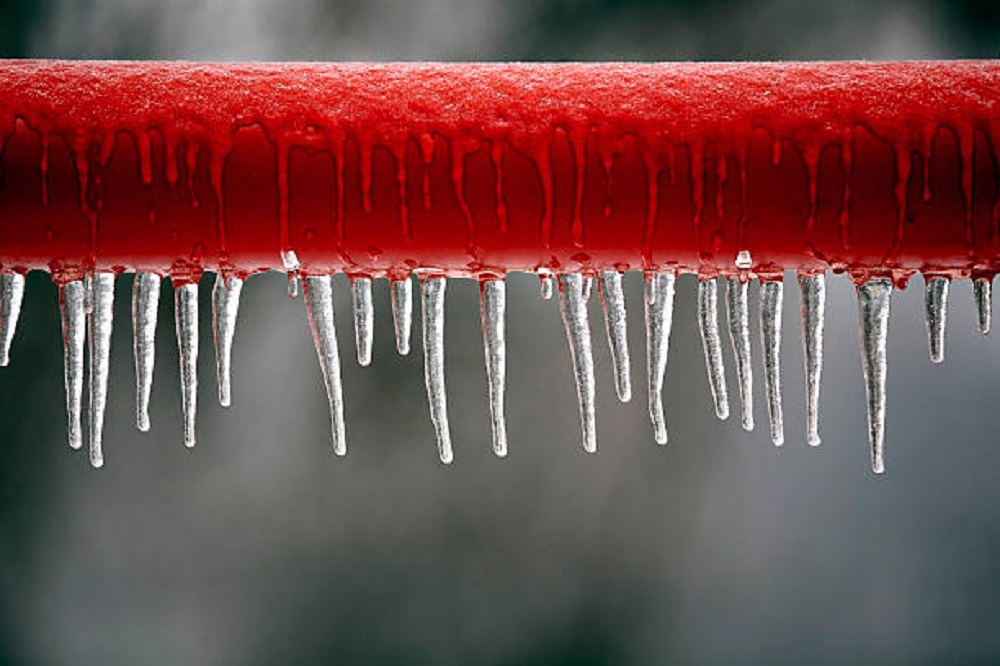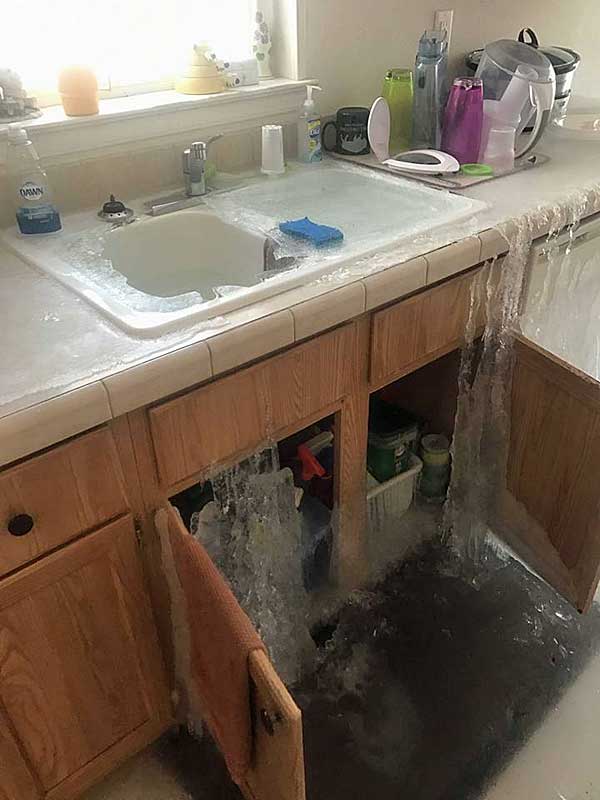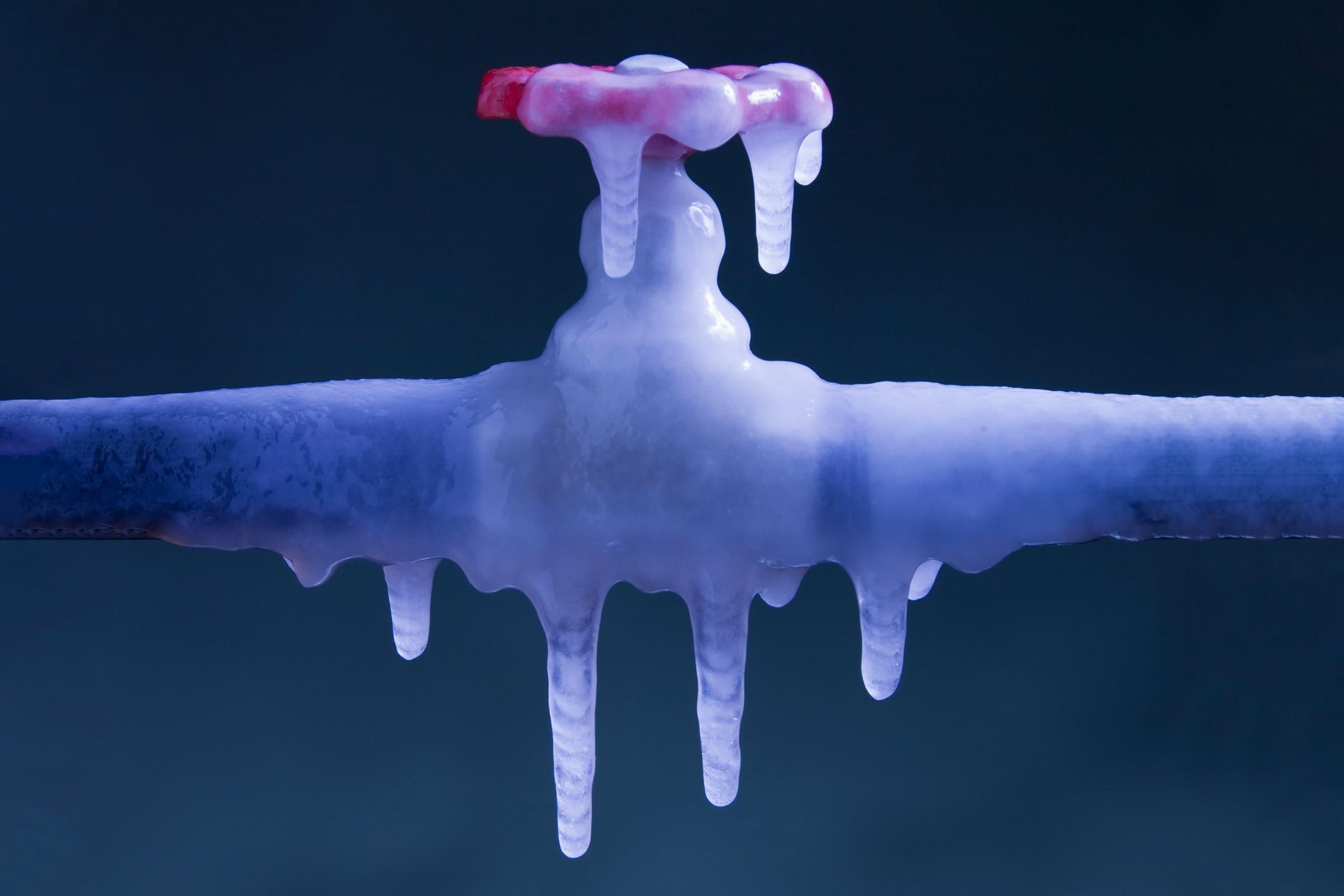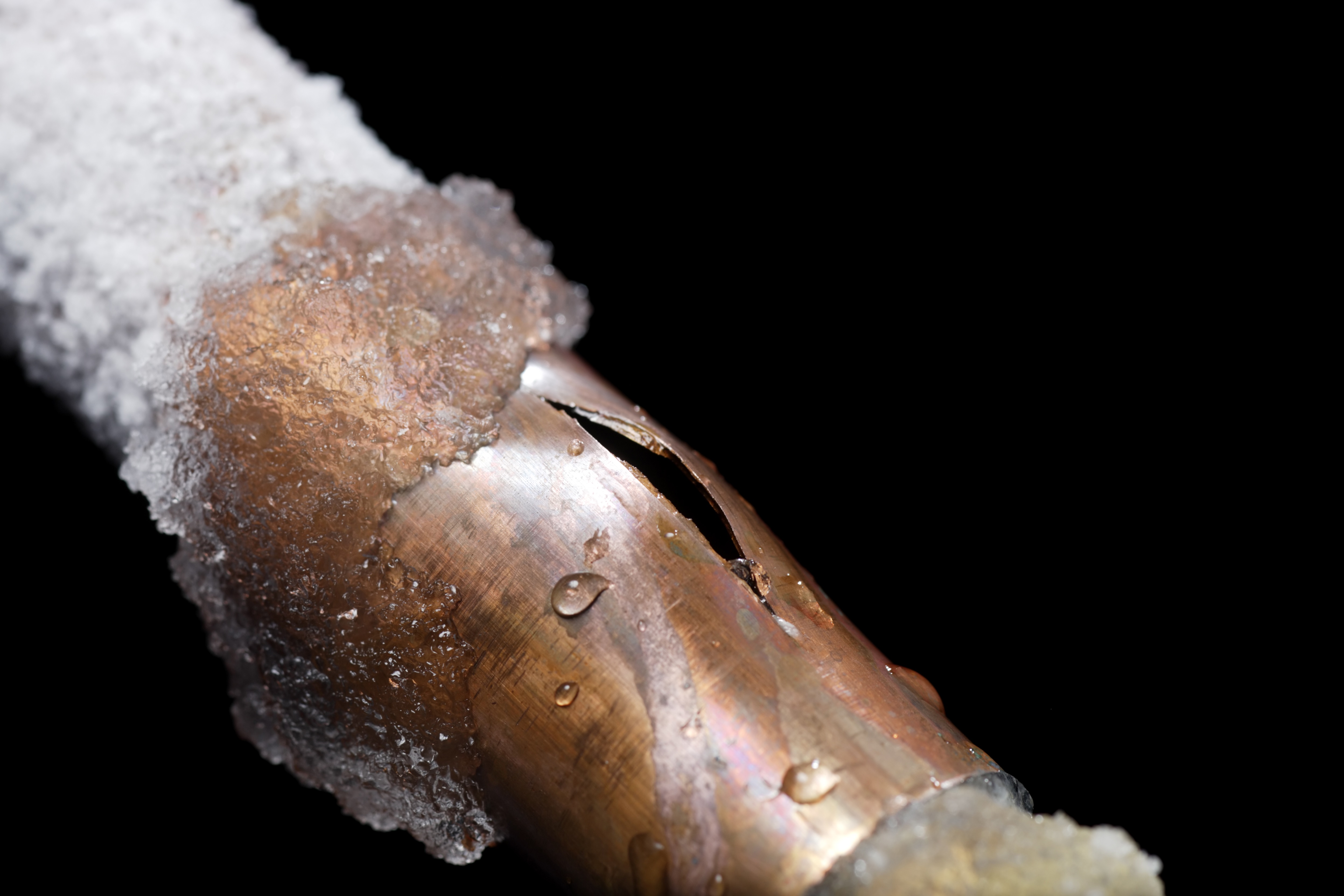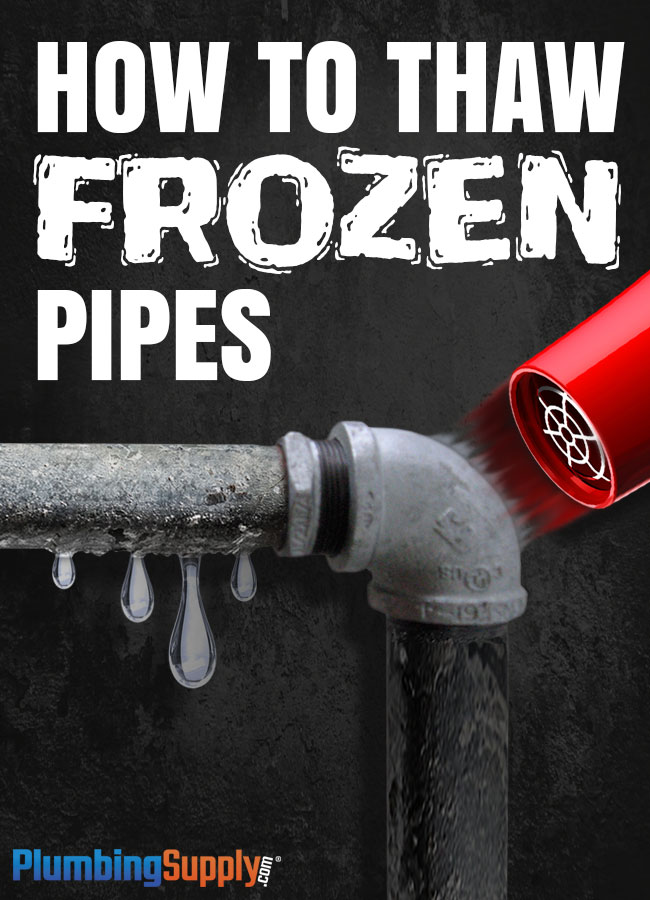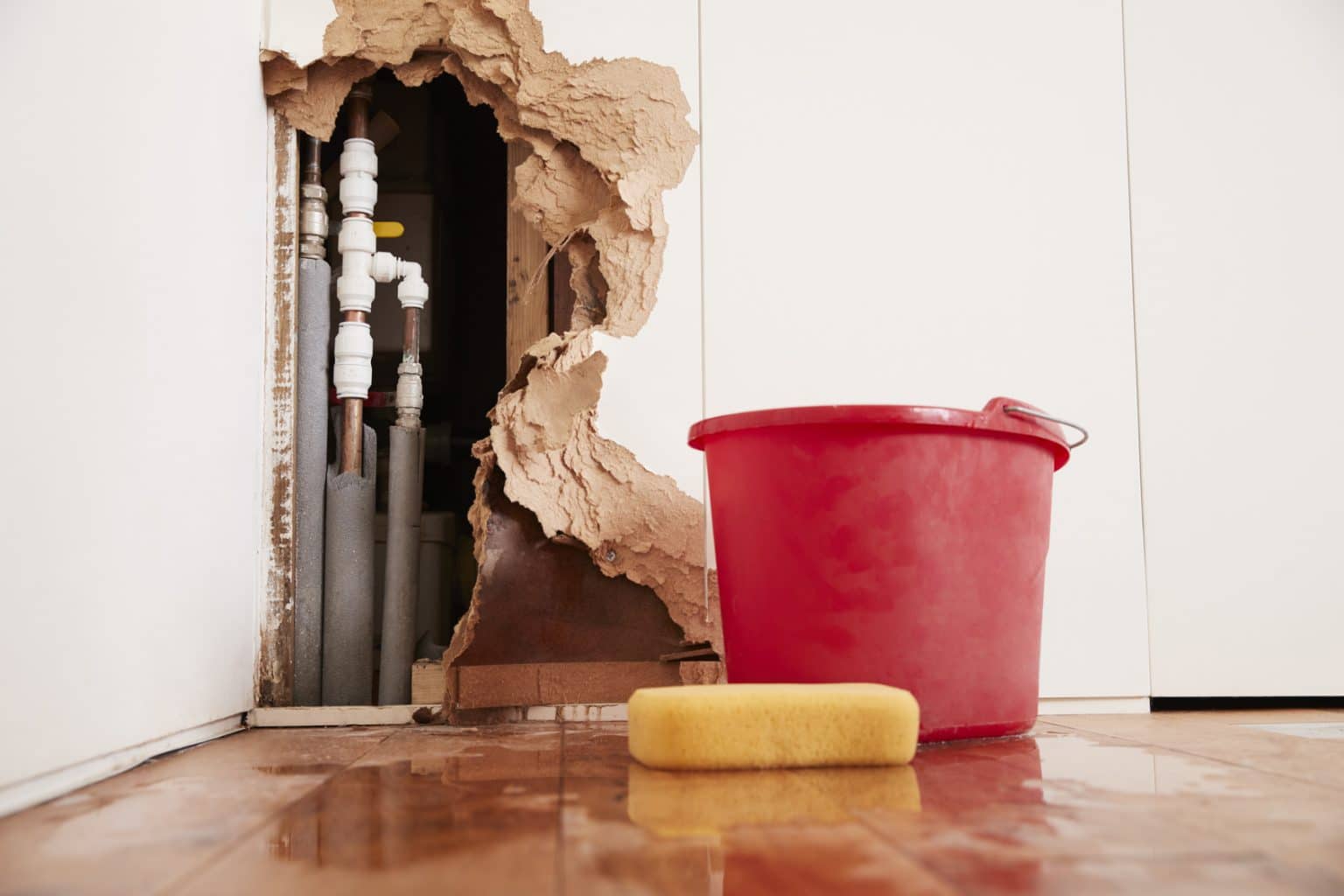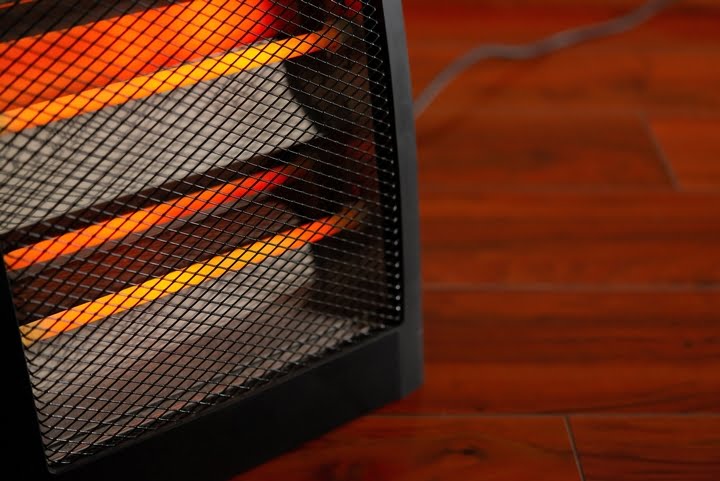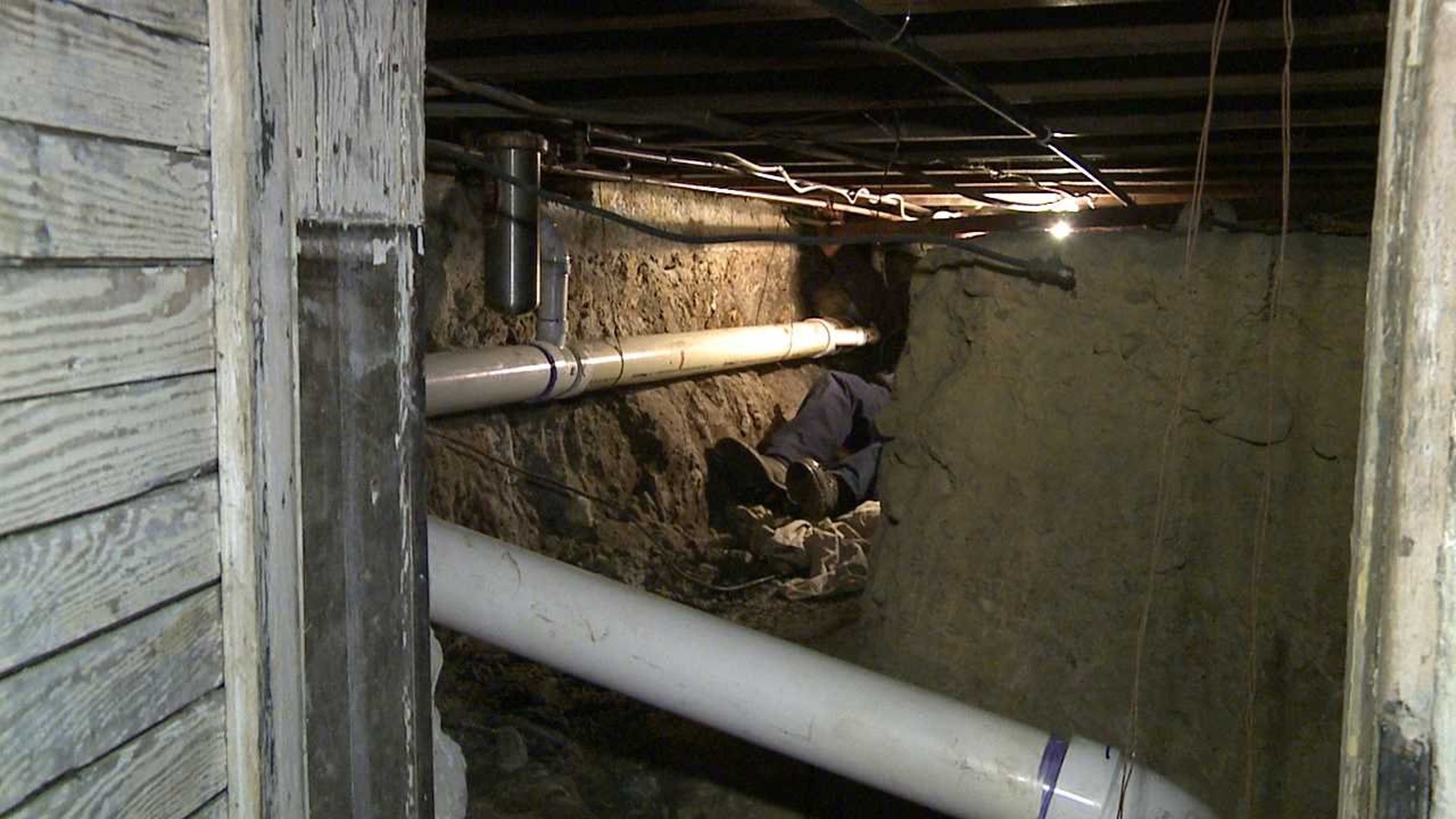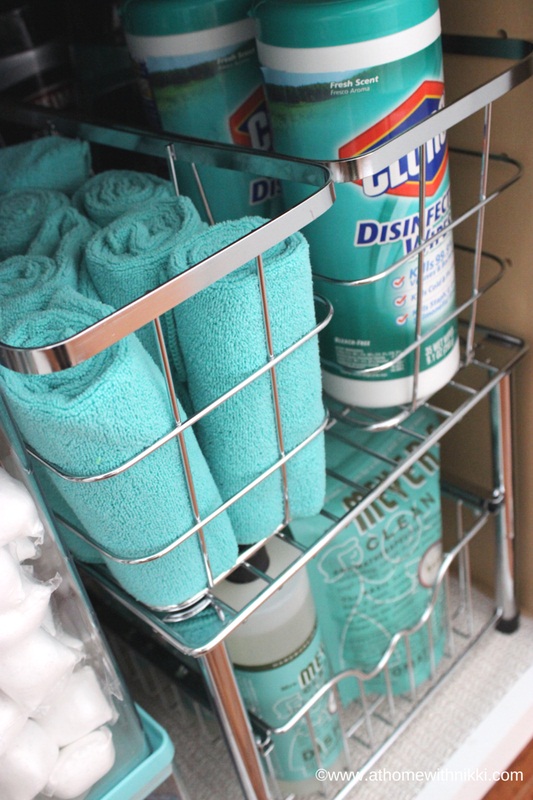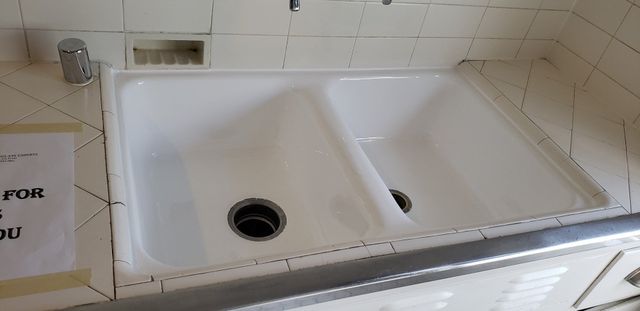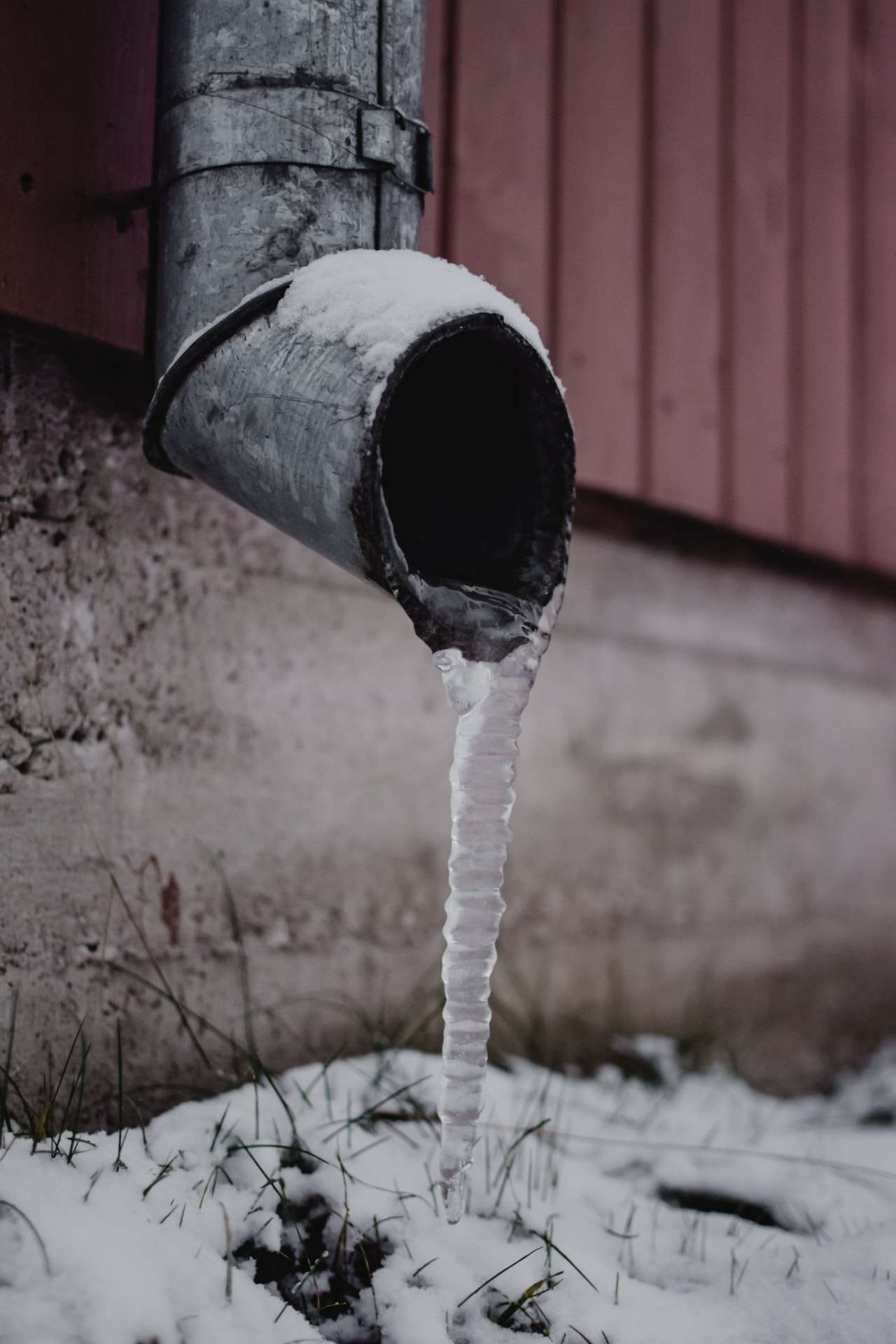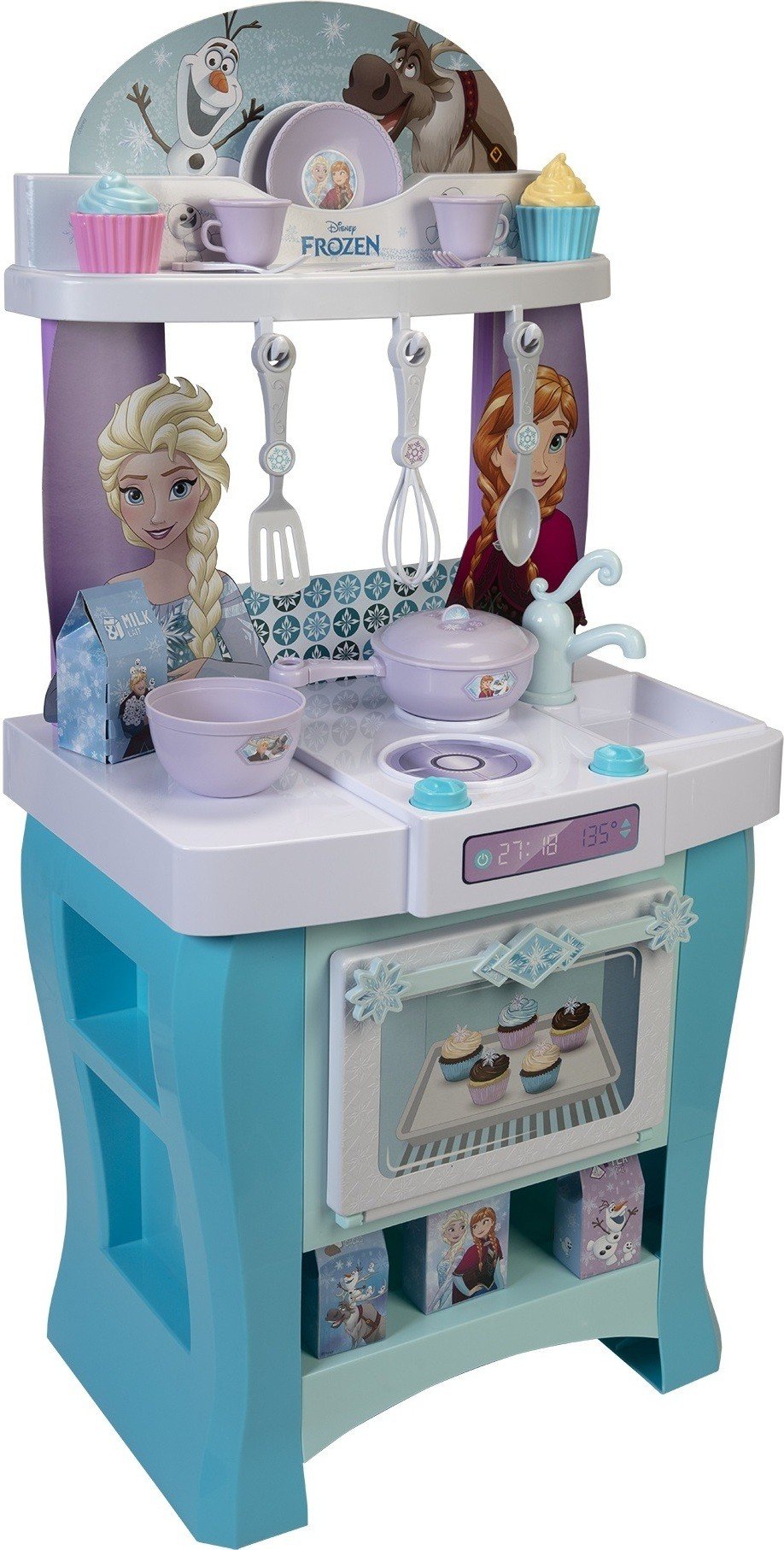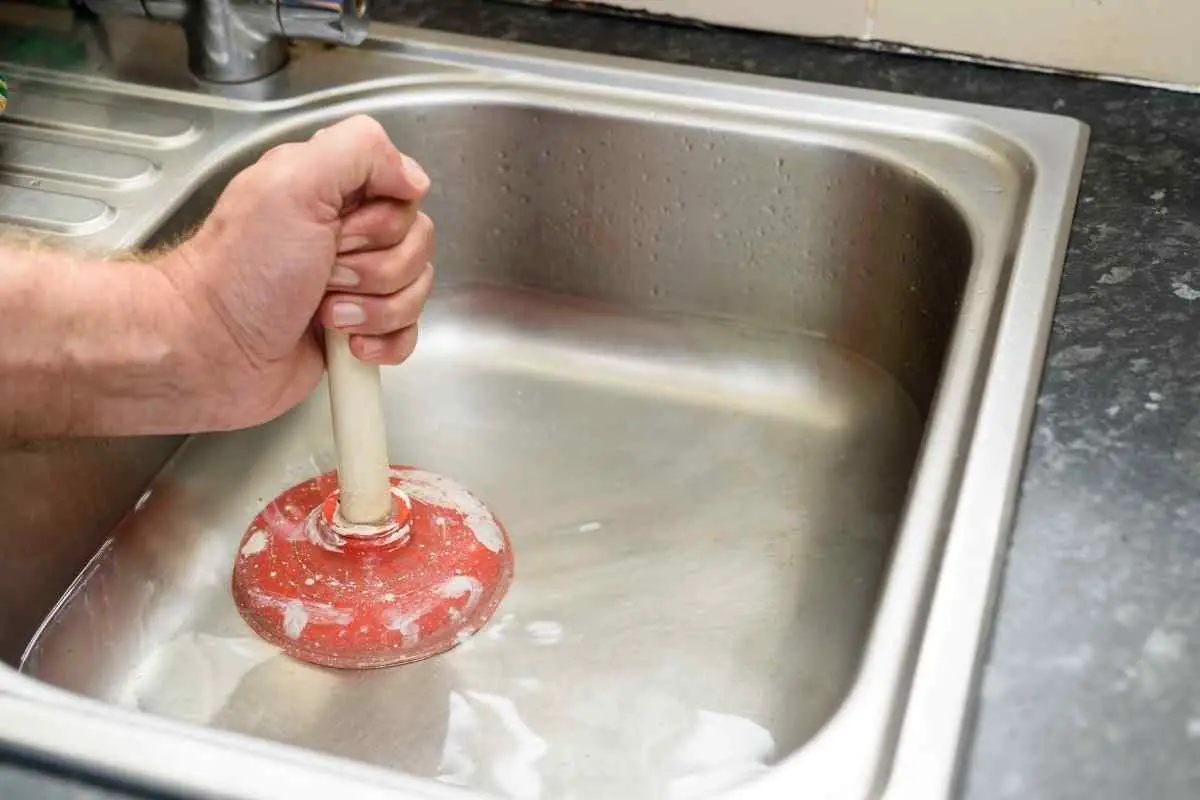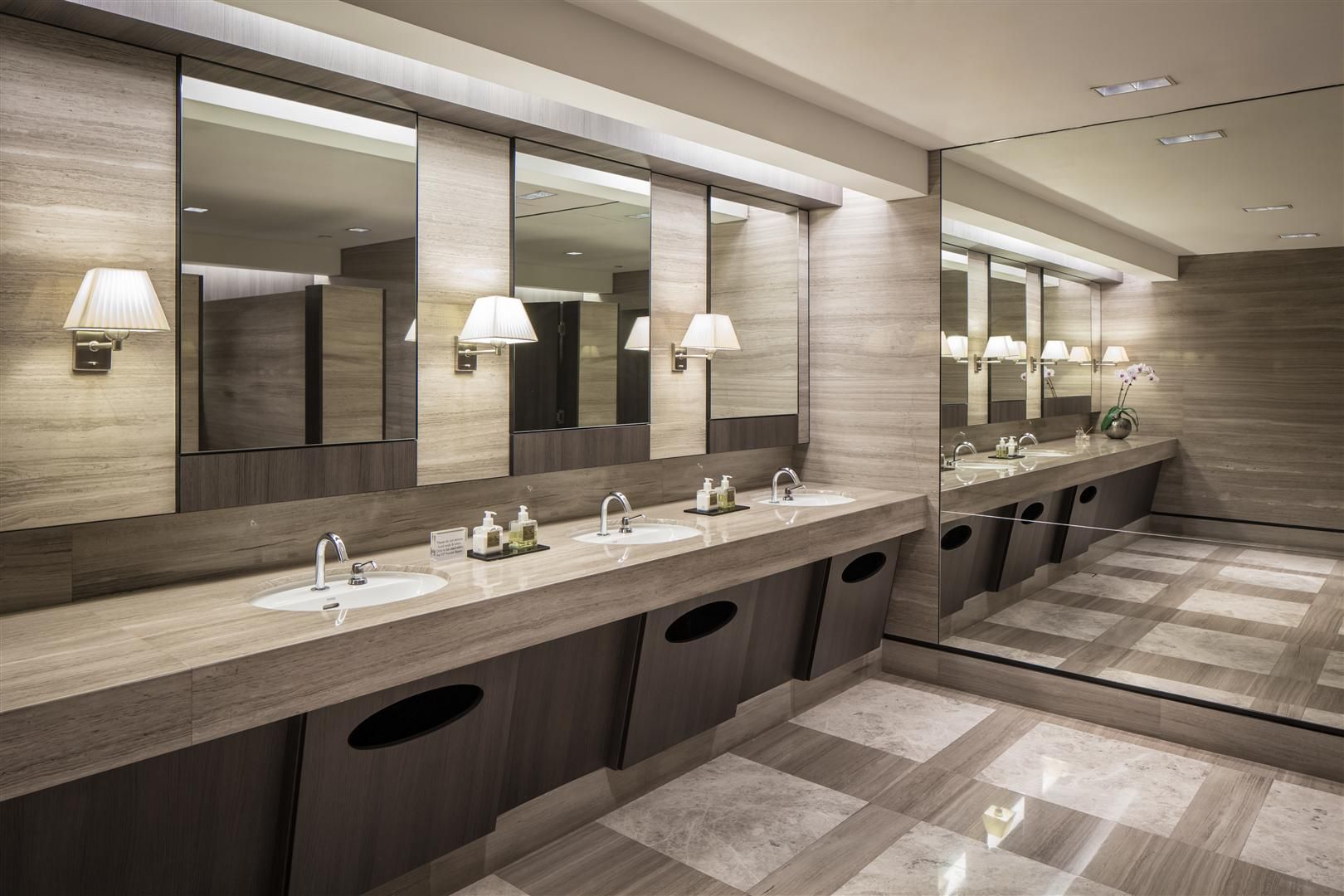If you wake up on a chilly winter morning to find that your kitchen sink won't drain, it's likely that your pipes are frozen. This can be a frustrating and inconvenient problem, but fortunately, there are several methods for thawing frozen kitchen sink pipes. In this article, we'll cover the top 10 ways to get your pipes flowing again and prevent them from freezing in the future. How to Thaw Frozen Kitchen Sink Pipes
Frozen kitchen sink pipes are a common issue during the winter months, especially in older homes with inadequate insulation. When your pipes freeze, it's important to act quickly to prevent them from bursting and causing water damage. Here are the steps you should take when you discover frozen pipes in your kitchen sink: 1. Turn off the water supply to your kitchen sink. This will prevent any water from flowing through the pipes and potentially causing more damage. 2. Open the cabinet doors beneath your sink. This will allow warm air to circulate around the pipes and help them thaw more quickly. 3. Try one of the methods below to thaw your frozen pipes. If one method doesn't work, move on to the next until your pipes are thawed.What to Do When Your Kitchen Sink Pipes Freeze
Before we dive into the different methods for thawing frozen kitchen sink pipes, here are a few tips to keep in mind: • Be patient. Depending on how frozen your pipes are, it may take some time for them to thaw completely. • Use caution when using heat sources. Be careful not to get too close to plastic pipes or any flammable materials. • Monitor the pipes as they thaw. Once the water starts flowing again, be sure to check for any leaks or other issues.Tips for Thawing Frozen Kitchen Sink Pipes
The best way to deal with frozen pipes is to prevent them from freezing in the first place. Here are a few tips to help you keep your kitchen sink pipes from freezing: • Insulate your pipes. This is especially important for homes in colder climates. You can purchase pipe insulation from a hardware store and easily install it yourself. • Keep your cabinet doors open. Allowing warm air to circulate around the pipes can help prevent them from freezing. • Let your faucets drip. If you know temperatures are going to be below freezing, leaving your faucets dripping can help prevent the pipes from freezing.Preventing Frozen Kitchen Sink Pipes
If your kitchen sink pipes are frozen, using a hair dryer is one of the simplest and most effective methods for thawing them. Here's how to do it: 1. Turn on your hair dryer to its highest setting. 2. Hold the dryer a few inches away from the frozen pipes. Move it back and forth along the length of the pipe, concentrating on the frozen area. 3. Continue until the water starts flowing again. Be sure to check the pipes periodically to make sure they aren't getting too hot.Using a Hair Dryer to Thaw Frozen Kitchen Sink Pipes
If you don't have a hair dryer, you can also use hot water to thaw your frozen kitchen sink pipes. Here's how: 1. Boil a pot of water. 2. Turn off the water supply to your kitchen sink. 3. Pour the hot water directly onto the frozen pipes. Be sure to use caution and wear gloves to protect your hands. 4. Repeat until the pipes are thawed. You may need to refill the pot with hot water several times.Thawing Frozen Kitchen Sink Pipes with Hot Water
If your pipes are deeply frozen, a heat lamp may be a more effective method for thawing them. Here's how to do it: 1. Place a heat lamp near the frozen pipes. Be sure to use a lamp with a reflective surface to direct the heat towards the pipes. 2. Turn the lamp on and leave it for several hours. You may need to periodically move the lamp to different areas of the pipe to ensure it thaws evenly.Using a Heat Lamp to Thaw Frozen Kitchen Sink Pipes
Another option for thawing deeply frozen pipes is to use a space heater. Here's how: 1. Place a space heater near the frozen pipes. Be sure to use a heater with a fan to help circulate the warm air. 2. Turn the heater on and leave it for several hours. As with the heat lamp, you may need to move the heater around to ensure even thawing.Thawing Frozen Kitchen Sink Pipes with a Space Heater
In some cases, it may not be immediately obvious that your kitchen sink pipes are frozen. Here are a few signs to look out for: • No water coming out of your faucets. This is the most obvious sign that your pipes are frozen. • Strange smells coming from your sink. If water is unable to drain properly, it may start to smell bad. • Sounds of water running but no water coming out. This could indicate that the water is frozen inside the pipes and unable to flow.How to Tell if Your Kitchen Sink Pipes are Frozen
Now that you know how to thaw your frozen kitchen sink pipes, it's important to understand what causes them to freeze in the first place. Here are a few common causes to be aware of: • Extreme cold temperatures. When temperatures drop below freezing, even well-insulated pipes can freeze. • Lack of insulation. Pipes that are not properly insulated are more susceptible to freezing. • Drafts or cold air in the area around the pipes. This can cause the pipes to get colder and freeze more easily. Dealing with frozen kitchen sink pipes can be a hassle, but with these tips and methods, you can get your pipes thawed and prevent them from freezing in the future. Remember to stay safe and use caution when dealing with any heating methods, and don't hesitate to call a professional if you're unsure of what to do. With a little patience and effort, you'll have your kitchen sink back to normal in no time. Common Causes of Frozen Kitchen Sink Pipes
Benefits of Thawing Frozen Kitchen Sink Pipes
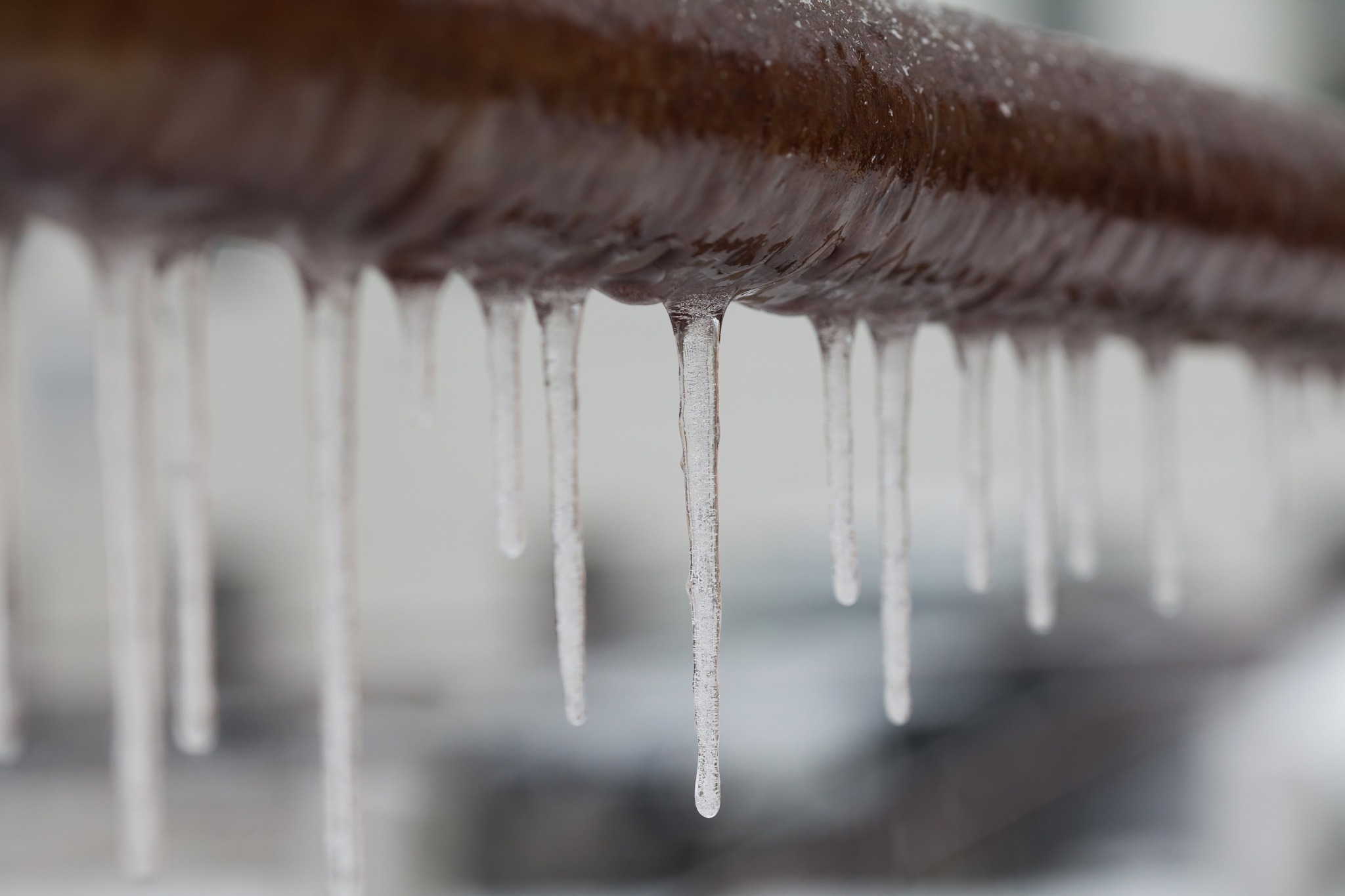
Prevents Costly Damage
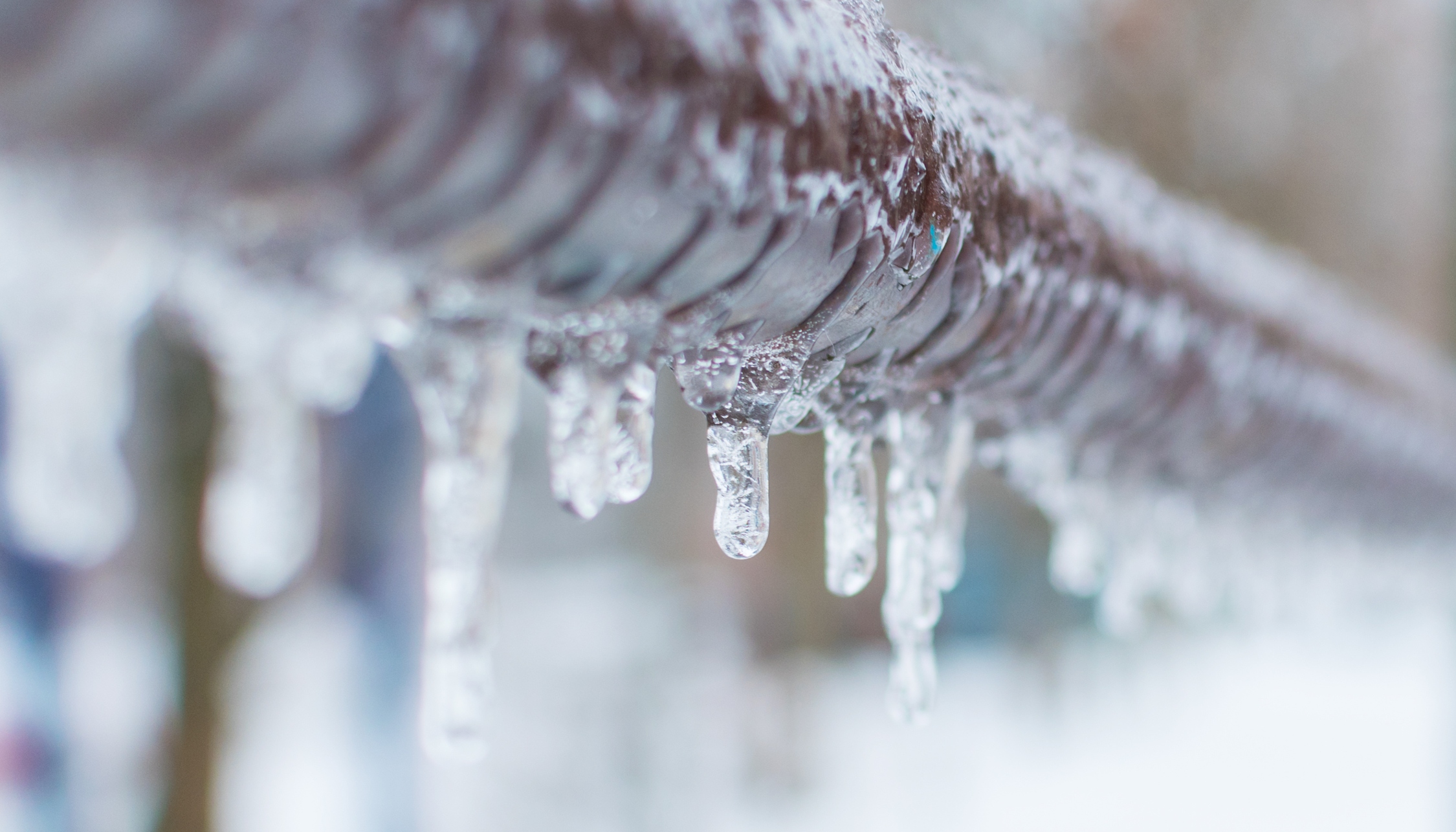 One of the main benefits of thawing frozen kitchen sink pipes is that it can prevent costly damage to your home. When pipes freeze, the water inside expands and can cause the pipes to burst. This can lead to water damage and potentially even mold growth in your home. By thawing the pipes, you can avoid these costly repairs and keep your home safe and healthy.
One of the main benefits of thawing frozen kitchen sink pipes is that it can prevent costly damage to your home. When pipes freeze, the water inside expands and can cause the pipes to burst. This can lead to water damage and potentially even mold growth in your home. By thawing the pipes, you can avoid these costly repairs and keep your home safe and healthy.
Restores Functionality
 Another advantage of thawing frozen kitchen sink pipes is that it restores the functionality of your plumbing. When pipes freeze, water cannot flow through them, which can make it difficult or impossible to use your sink. By thawing the pipes, you can regain full use of your sink and avoid any inconvenience or disruption to your daily routine.
Another advantage of thawing frozen kitchen sink pipes is that it restores the functionality of your plumbing. When pipes freeze, water cannot flow through them, which can make it difficult or impossible to use your sink. By thawing the pipes, you can regain full use of your sink and avoid any inconvenience or disruption to your daily routine.
Prevents Future Freezing
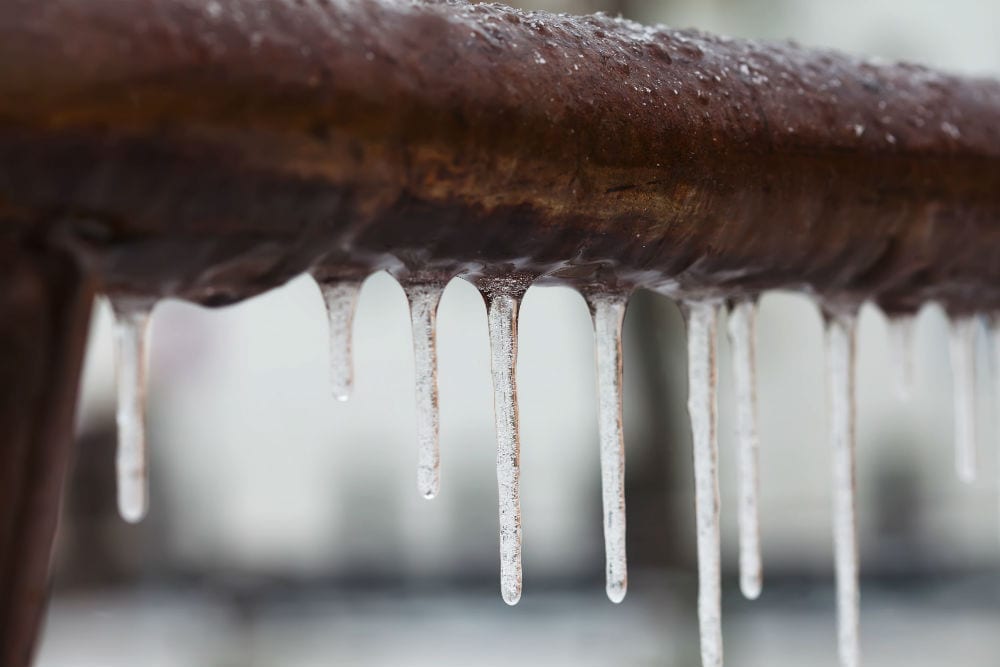 Thawing frozen kitchen sink pipes also helps to prevent future freezing. If you don't address frozen pipes, they are likely to freeze again in the future. By thawing the pipes and taking preventative measures, such as insulating them, you can avoid the hassle and inconvenience of dealing with frozen pipes in the future.
Thawing frozen kitchen sink pipes also helps to prevent future freezing. If you don't address frozen pipes, they are likely to freeze again in the future. By thawing the pipes and taking preventative measures, such as insulating them, you can avoid the hassle and inconvenience of dealing with frozen pipes in the future.
Saves Time and Effort
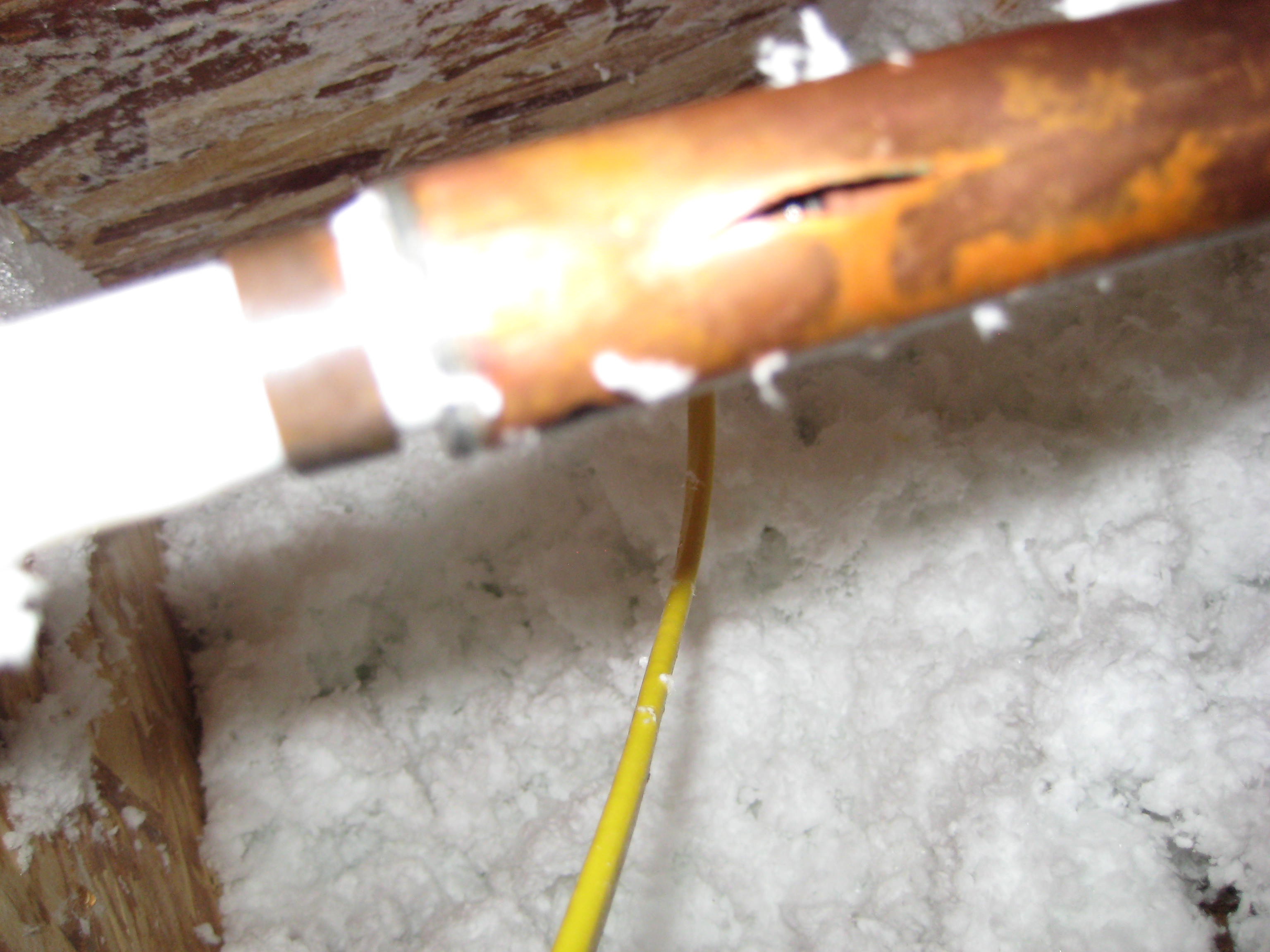 Thawing frozen kitchen sink pipes can save you time and effort. Dealing with frozen pipes can be a time-consuming and frustrating task, especially if you are not familiar with the process. By thawing the pipes, you can quickly and effectively resolve the issue and get back to your daily routine without wasting any time or effort.
Thawing frozen kitchen sink pipes can save you time and effort. Dealing with frozen pipes can be a time-consuming and frustrating task, especially if you are not familiar with the process. By thawing the pipes, you can quickly and effectively resolve the issue and get back to your daily routine without wasting any time or effort.
Easy and Cost-Effective Solution
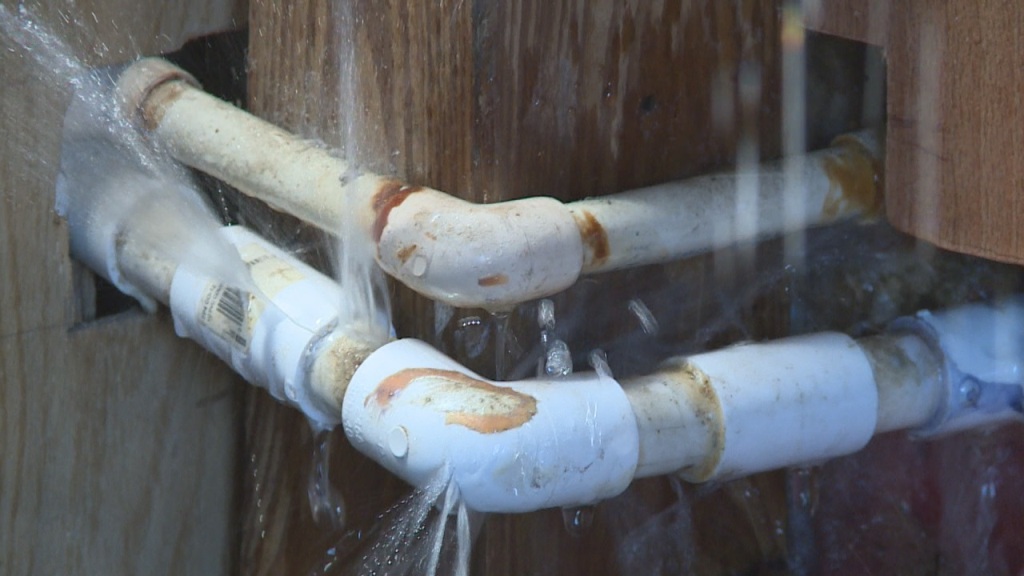 Lastly, thawing frozen kitchen sink pipes is a relatively easy and cost-effective solution. You don't need any special tools or equipment to thaw your pipes – all you need is a hairdryer or hot water. This makes it a simple and affordable option for homeowners, especially compared to the potential costs of dealing with burst pipes and water damage.
In conclusion, thawing frozen kitchen sink pipes offers many benefits, including preventing costly damage, restoring functionality, preventing future freezing, saving time and effort, and providing an easy and cost-effective solution. Don't let frozen pipes disrupt your daily routine and cause costly damage to your home – take the necessary steps to thaw them and keep your plumbing in good working condition.
Lastly, thawing frozen kitchen sink pipes is a relatively easy and cost-effective solution. You don't need any special tools or equipment to thaw your pipes – all you need is a hairdryer or hot water. This makes it a simple and affordable option for homeowners, especially compared to the potential costs of dealing with burst pipes and water damage.
In conclusion, thawing frozen kitchen sink pipes offers many benefits, including preventing costly damage, restoring functionality, preventing future freezing, saving time and effort, and providing an easy and cost-effective solution. Don't let frozen pipes disrupt your daily routine and cause costly damage to your home – take the necessary steps to thaw them and keep your plumbing in good working condition.
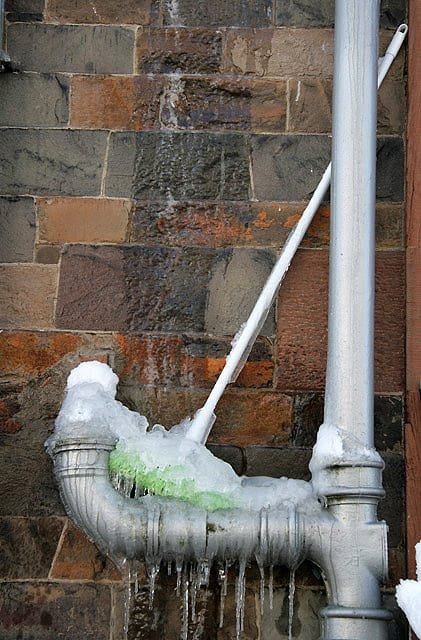



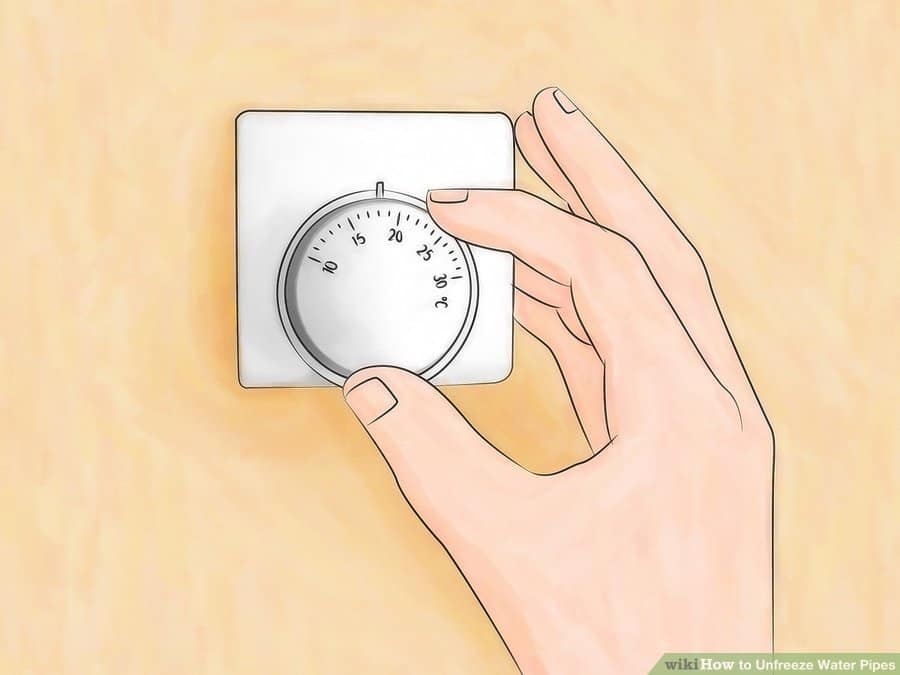

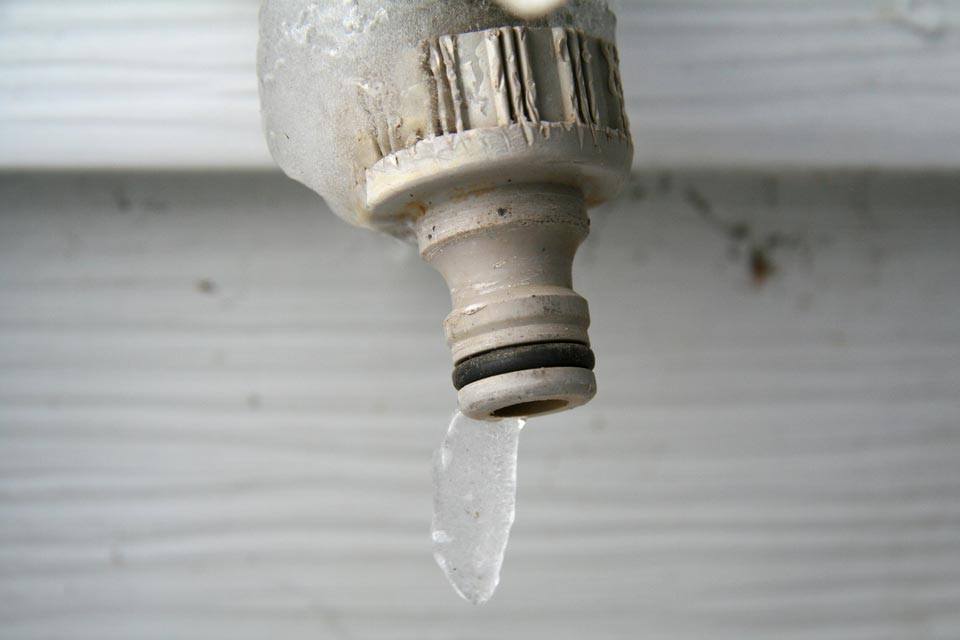









:max_bytes(150000):strip_icc()/stop-freezing-pipes-2124982-revision1-5c01a886c9e77c0001439273.png)

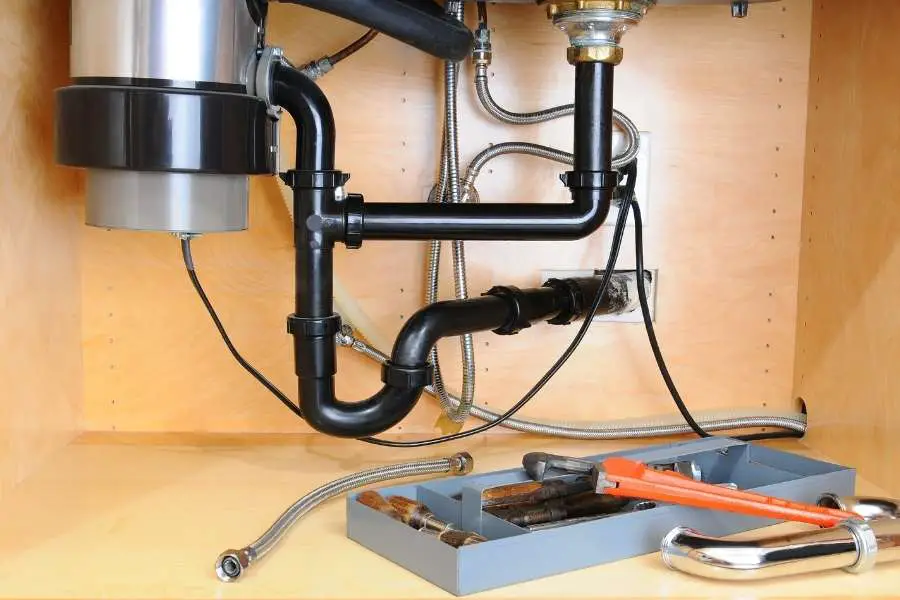


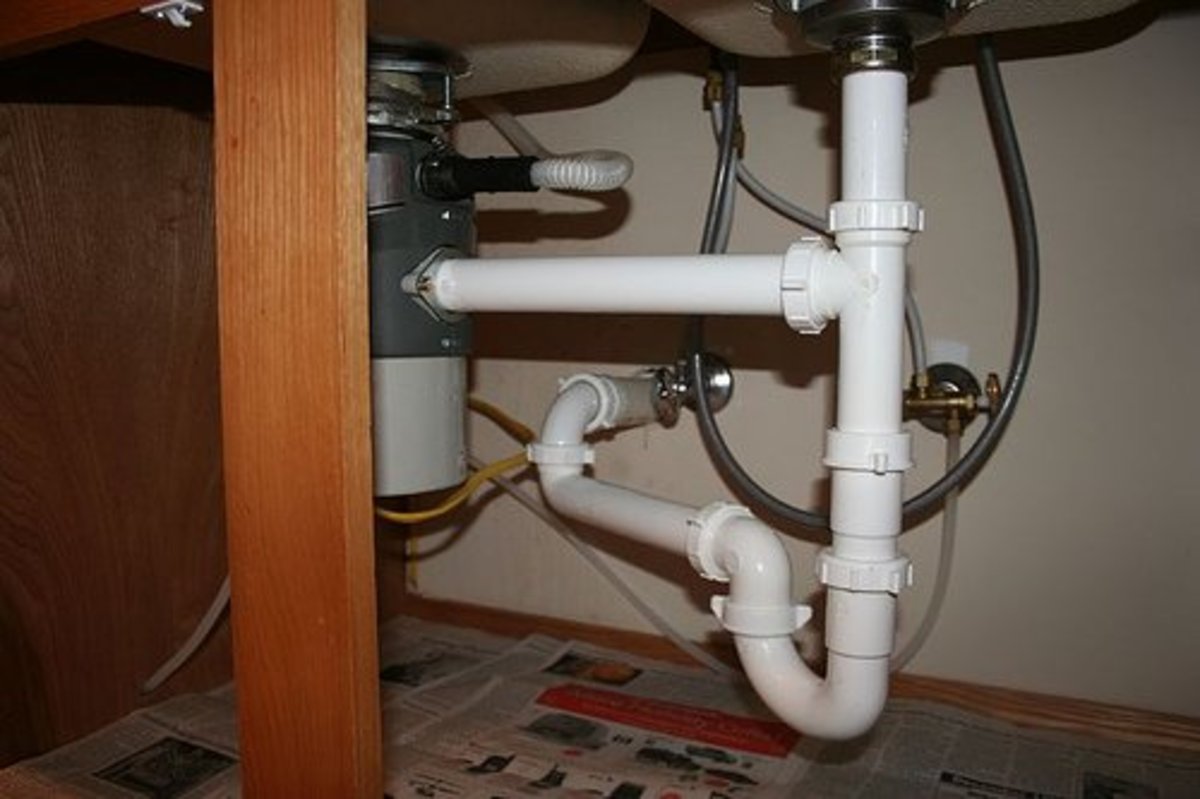
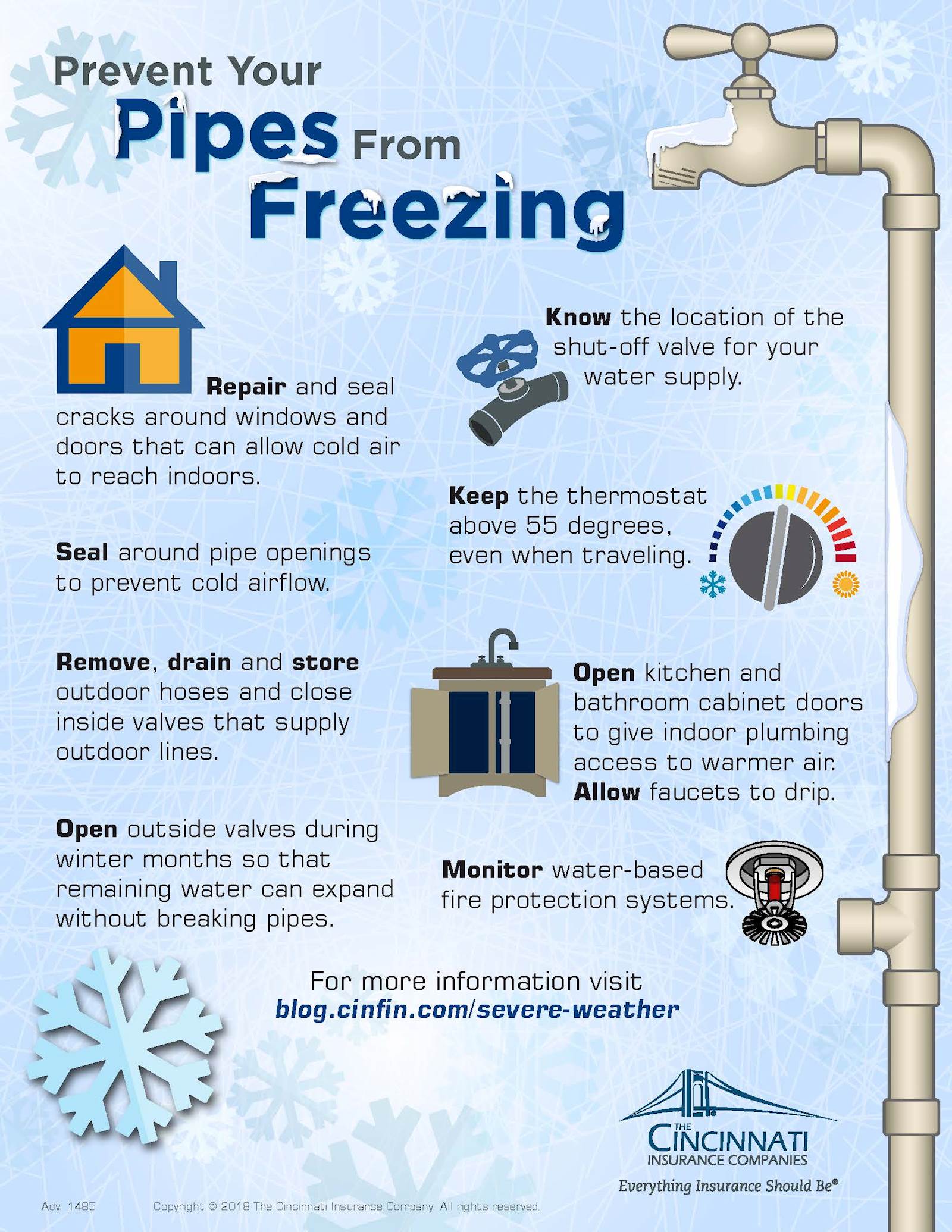


:max_bytes(150000):strip_icc()/how-to-thaw-a-frozen-water-pipe-2124986_FINAL-edit-01-6ff53ed13c7e41559df7070680efe4a6.jpg)



/how-to-install-a-sink-drain-2718789-hero-24e898006ed94c9593a2a268b57989a3.jpg)
